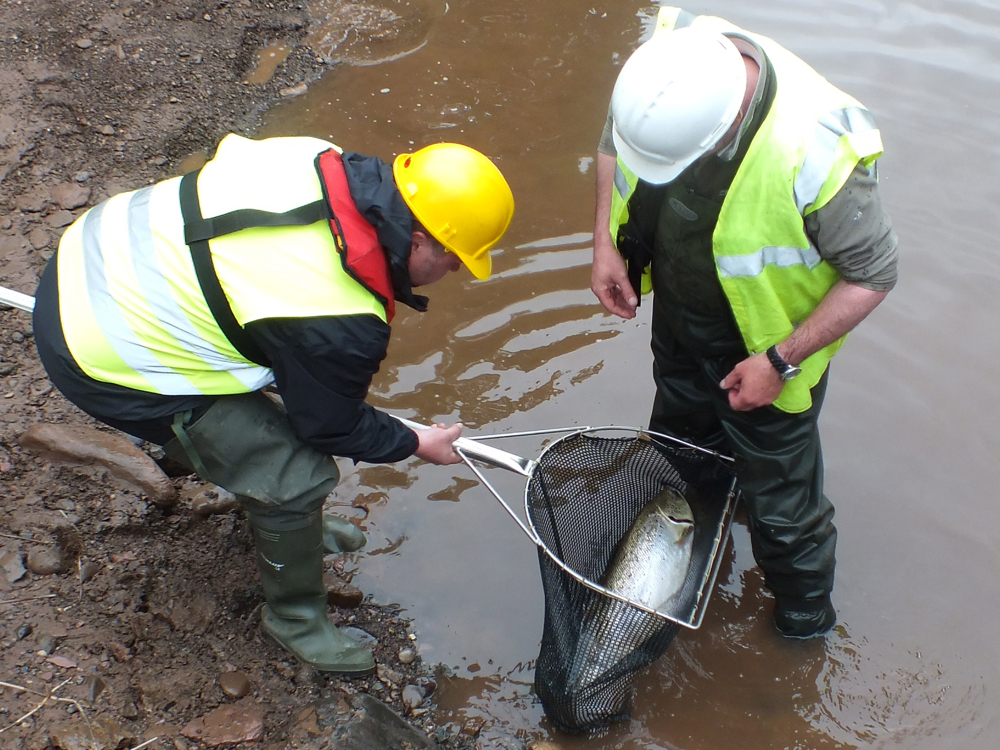Description
Atlantic Salmon face a number of pressures during their life cycle. These include but are not limited to:
- predation
- poor water quality
- disease and parasites
- barriers to migration
- poor physical habitat quality
- food availability
- factors affecting survival issues while at sea (including the challenge of warming seas).
The Scottish Government has introduced a range of measures designed to improve the conservation status of salmon by managing the pressure of exploitation through fishing within Scotland’s domestic waters. They are designed to complement, not replace, other management activities being undertaken at local, national and international level in the interests of conservation. The objective of the measures is to ensure harvesting in Scottish domestic waters is sustainable and that fishing does not damage vulnerable stocks or cause damage to the network of Special Areas of Conservation in place across Scotland.
Conservation Plan
Following further consideration Scottish Ministers have now confirmed that they will be progressing the Regulations which will reflect the recent proposals, namely:
- Killing outwith estuary limits will be prohibited for a period of three years due to the mixed stock nature of the fishery and the limited data on the stock composition of the catch. This will be reviewed after three years.
- The killing of Atlantic salmon will be managed on an annual basis by categorising fishery districts (using the 109 fishery districts used for the catch stats/Special Areas of Conservation (SACs) in relation to their conservation status and with accompanying guidance and/or regulation.
The conservation status of each stock was defined using the probabilities of meeting the conservation limit over a five year period. Rather than a simple pass or fail stocks are allocated to one of the following three grades each with their own recommended management actions:
- Grade 1 At least an 80% mean probability of CL being met in the last 5 years.
Exploitation is sustainable and therefore no additional management action is currently required.
- Grade 2 60-80% mean probability of CL being met in the last 5 years.
Management action is necessary to reduce exploitation; mandatory catch and release will not be required in the first instance, but this will be reviewed annually. Production of a conservation plan by the District Salmon Fishery Board is required in consultation with Marine Scotland. Where a Board does not exist, assistance in plan formulation will be offered to those responsible for local management.
- Grade 3 Less than 60% mean probability of CL being met in the last 5 years.
Exploitation is unsustainable and mandatory catch and release (all methods) for 1 year will be required. Management action is necessary to reduce exploitation and production of a conservation plan is required in consultation with Marine Scotland.
Ayrshire Rivers Categorisation
- River Doon: grade 2
- River Ayr: grade 2
- River Girvan: grade 2
- River Irvine: grade 3
- River Garnock: grade 2
- River Stinchar: grade 1


